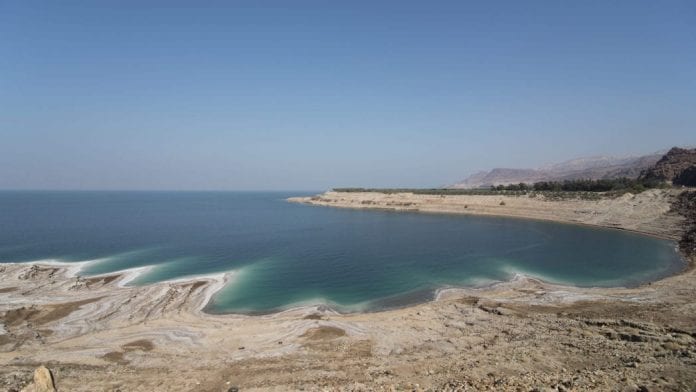There is an old saying that states that you can’t visit the same place twice and have the same experience because every other time you visit that area you are bound to have a different adventure. Unfortunately, this particular statement relates best to these eight beautiful locations around the world that are very soon and very surely going to change.
What helps these changes are the environment, rapid development, tourism and politics and due to these big transformations even disappearance of certain locations from this list are imminent. These reasons are exactly why we all should visit these places before they become unrecognizable.
1. The Dead Sea
Here is the biggest depression in the world (the lowest elevation of land), a body of water is about 420 meters below sea level, and because of its unique nature it attracts many tourists around the world. Fun fact is that the salinity of Dead Sea is nine times higher than the normal salinity of seawater and that is the reason why there is no life in it. However, the water from the Dead Sea flows into the Jordan River, which is why the water level is falling all the time.
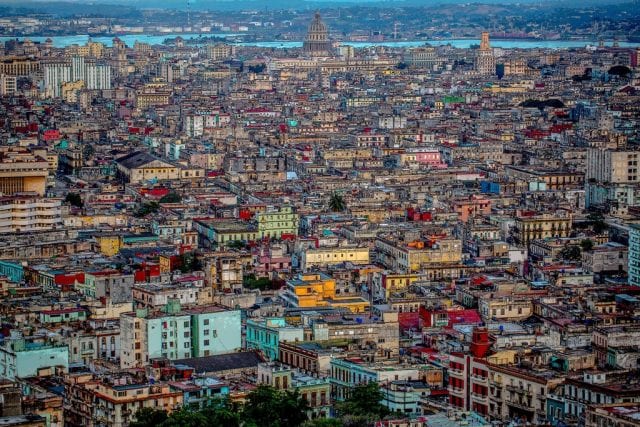
2. Cuba, Havana
Given that the US is slowly eliminating various types of the embargo imposed on Cuba, that was there mainly because of their political situation, it is only a matter of time before the world-renowned hotel chains sprout in Havana. All that isolation made Havana so unique regarding food, music, fashion, architecture, but all this could soon be changed forever, as the politics change will influence those also.
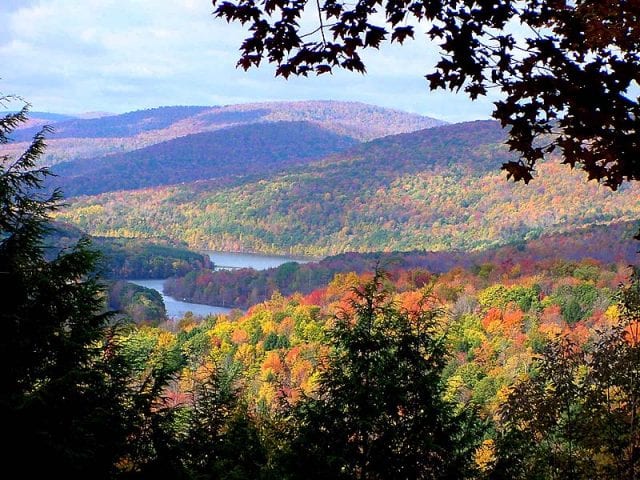
3. The Catskill Mountains in State of New York
These mountains are located in the southeast area of the US state of New York, and they are more than perfection for all nature lovers. All who love fishing, hiking or kayaking go to this exact place. But, recently something strange happened, and it is the approval of a large casino construction that will attract a huge number of tourists. As a result, this will most likely change the natural environment which after that will never be the same.
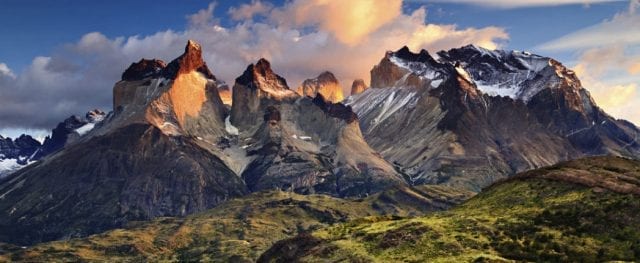
4. Patagonia, South America
This is the southernmost part of South America which is located between the Andes and the Atlantic Ocean. Unfortunately, many glaciers out there are melting rapidly, and it is estimated that due to global warming already 90 percent of the glaciers is missing.
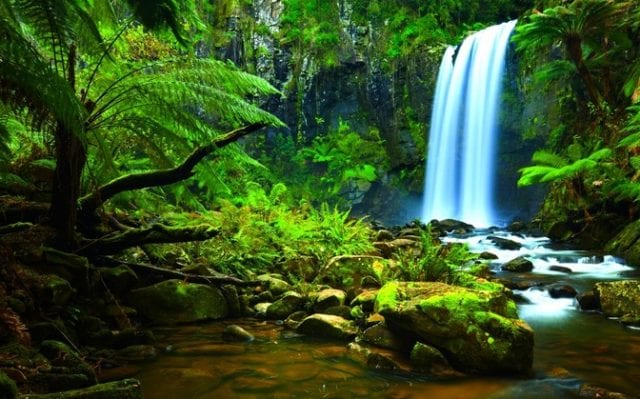
5. Amazon rainforest, South America
The world’s largest rainforest is also the biggest biodiversity that can be found on the Earth due to the fact that there are about 65.000 plant species. Also, the rainforest is a home to around 1.700 different species of birds. Due to an uncontrolled logging problem we have issues such as erosion, flooding and climate change, and that unfortunately destroys the natural habitat of plants and animals.
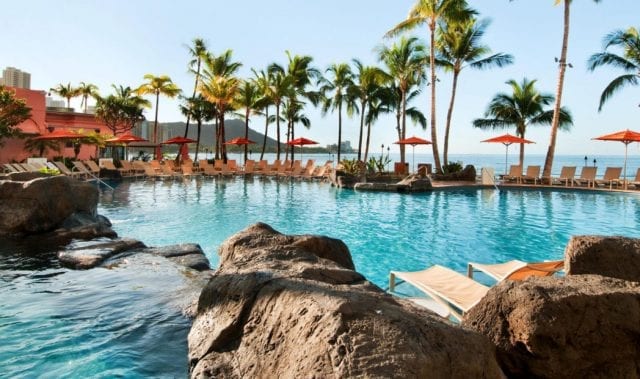
6. Waikiki, Hawaii
For decades, marvelous beaches of Hawaii were a small paradise for lovers of tropical and far away destinations. However, one of the most famous beaches, Waikiki, is in danger of forever changing its appearance because of the uncontrolled number of objects that are built in its immediate vicinity.
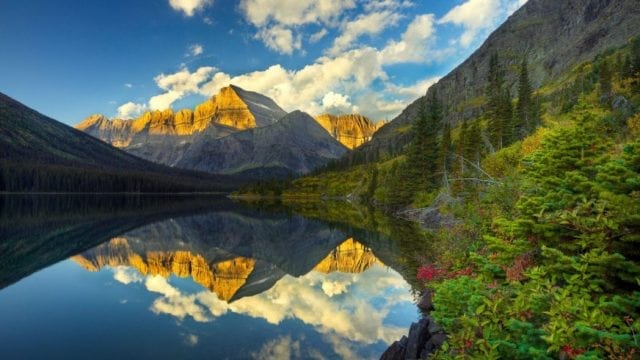
7. Glacier National Park, USA
It is located in the northeast US state of Montana and was named, as you assume, by glaciers that have formed it during the ice ages. Many believe that some of the largest glaciers in the park, which has a total of 25, will disappear by 2030.
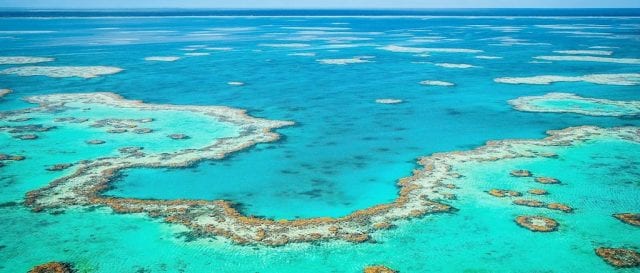
8. Great Barrier Reef, Australia
One of the most beautiful and richest natural formations in the world, which is around 25 million years old, is home to 400 species of corals and over fifteen hundred species of fish. It measures about 2.250 km and consists of 2.900 separate reefs and 1.050 islands, and now there is a risk that it might die forever. Just how serious the situation is, shows the fact that some of the leading scientists who explore the Great Barrier Reef recently announced the obituary on the page of “Outside” magazine.
